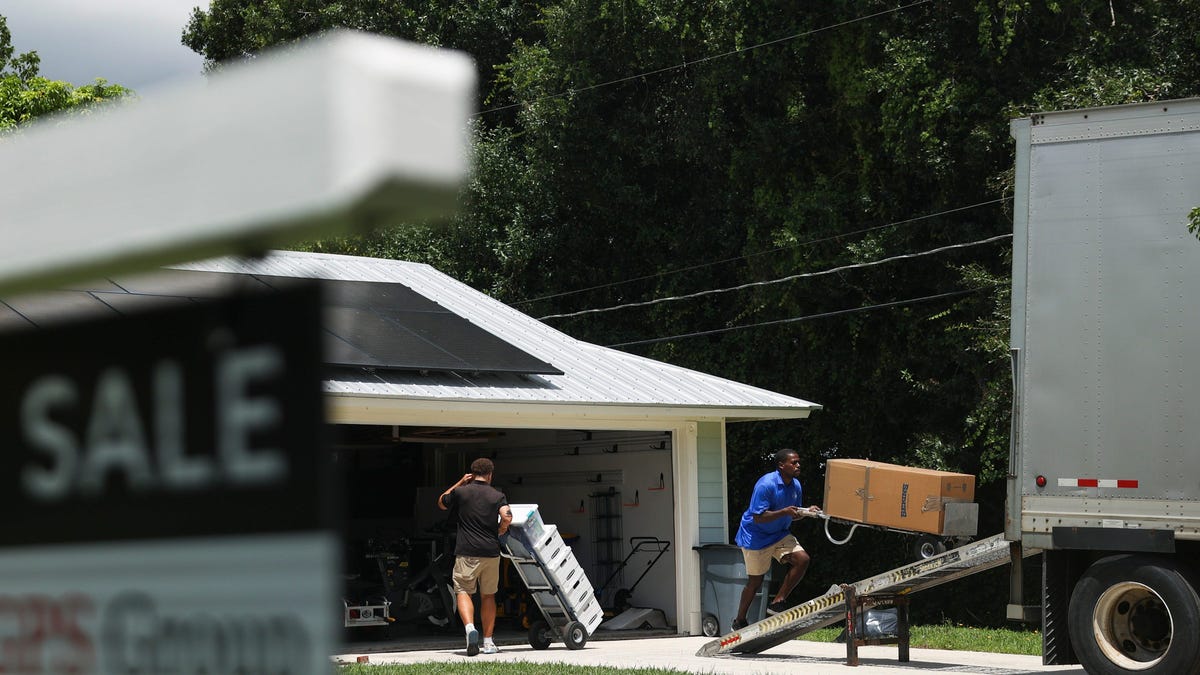
Courageous raccoon performs ‘Mission Impossible’-like move
A driver recorded a raccoon leaping from a moving truck and rolling off the highway in Milwaukee.
In the midst of rising home prices, changing remote work trends and even climate change, Americans are moving into new homes in large droves, but where those new homes are is constantly changing.
According to the 2025 Pods Moving Trends Report, the Southeast has risen to the top of the list of places where Americans are moving, while the coastal cities in the East and West continue to see people moving out.
The report draws from Pods’ long-distance move records between January 2024 and March 2025.
According to the report, people are beginning to turn away from “megacities” in favor of “smaller, more breathable cities and towns with lower costs of living, easier access to the outdoors, and vibrant, self-contained cultural scenes.”
Here’s what you need to know.
Where are people moving to in the US?
With the Southeast becoming a popular destination for people moving, the majority of the cities rounding out the top five of Pods’ list are in the same region due to their affordability and easy access to nature, according to the report.
Here are the top five cities:
- Myrtle Beach, South Carolina/Wilmington, North Carolina
- Ocala, Florida
- Raleigh, North Carolina
- Greenville-Spartanburg, South Carolina
- Dallas-Fort Worth, Texas
North Carolina and Tennessee dominate the top 20, with nine cities between them among the most popular destinations for movers.
Where are most people leaving?
While the Southeast is experiencing an increase in people moving in, per the Pods report, California continues to see an exodus of residents, along with the surprising addition of Florida, once seen as a move-in hotspot.
Here are the top five move-out cities:
- Los Angeles, California
- Northern California (San Francisco Bay Area)
- South Florida (Miami metro)
- Long Island, New York
- San Diego, California
Among the top 20 move-out cities this year was Tampa Bay, Florida, which was not ranked in 2024. According to Pods, the inclusion of the Florida city could be an indication that the Sunshine State could be seeing a slower population boom due to increased costs and environmental risks.
Fernando Cervantes Jr. is a trending news reporter for USA TODAY. Reach him at fernando.cervantes@gannett.com and follow him on X @fern_cerv_.









